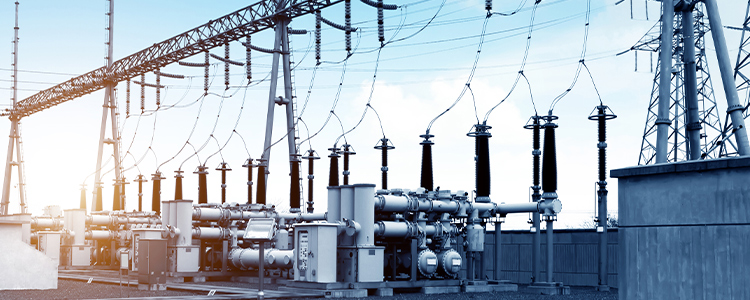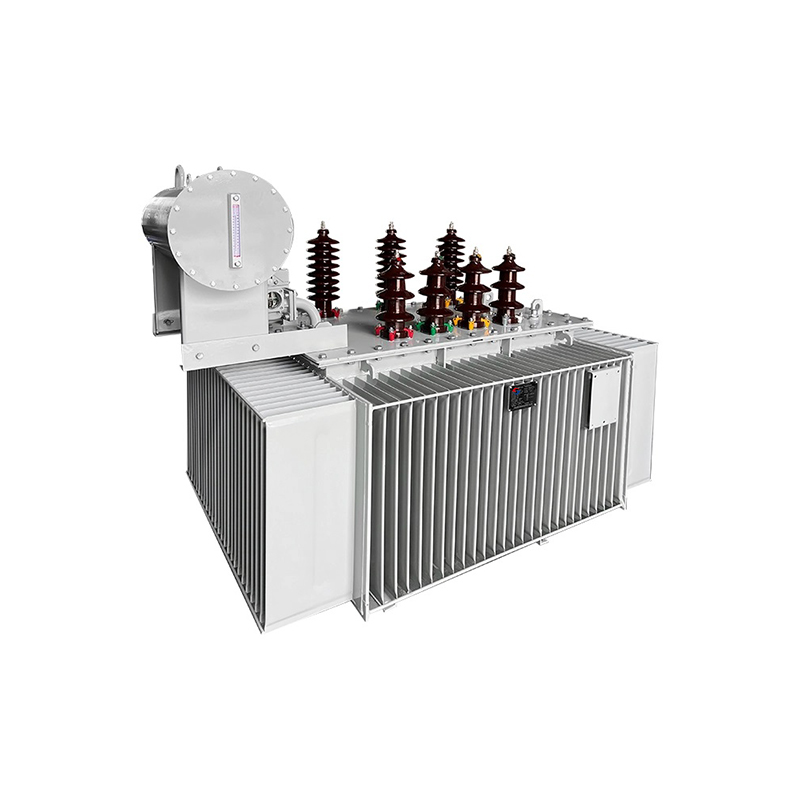- All
- Product Name
- Product Keyword
- Product Model
- Product Summary
- Product Description
- Multi Field Search


Views: 0 Author: Site Editor Publish Time: 2025-04-07 Origin: Site
There are many reasons for the high temperature of the oil immersed distribution transformer, which may be caused by the fault of the transformer itself or the external cause of the transformer.
1. The Cause of The Fault in The Transformer Itself
When the heat and heat dissipation reach a balance state during the operation of the transformer, the temperature of each part tends to be stable. If under the same conditions, the oil temperature is 10℃ or more higher than usual, and the load remains unchanged but the temperature keeps rising, it can be considered that a fault has occurred inside the transformer.

1.1 Poor Contact of The Tap Changer
Due to insufficient contact pressure or contamination at the contact points during operation of the tap changer, the contact resistance increases. The increased contact resistance further raises the temperature of the contacts, causing heat. This is especially true after switching taps and when the transformer is operating under overload, making it more likely for the tap changer to experience poor contact and overheating.
Poor contact of the tap changer can be judged from the frequent operation of light gas, and the oil sample can be taken for testing to find that poor contact of the tap changer makes the flash point of oil drop rapidly; in addition, the contact condition of the tap changer can also be determined by measuring the DC resistance value of the coil.
1.2 Short Circuit between Turns of Winding Coil
Due to the insulation damage between several adjacent turns of the coil, a closed short-circuit circulation will appear. At the same time, the number of turns of the coil in this phase is reduced, and the short-circuit circulation generates high heat, which causes the temperature rise of the transformer to be too high. In serious cases, the transformer will be burned out.
There are many reasons for coil turn-to-turn short circuits, such as rough manufacturing processes causing mechanical damage to insulation; high temperatures leading to insulation aging; and axial displacement of the windings under electric forces, which can wear out the insulation. However, the primary causes of turn-to-turn short circuits are overvoltage and overcurrent. Severe turn-to-turn short circuits increase oil temperature, making the oil in the shorted turns boil, producing a "gurgling" sound. When samples are taken for testing, the quality of the oil deteriorates, progressing from light gas action to heavy gas action. At this point, measuring DC resistance can also detect turn-to-turn short circuits.
1.3 Short Circuit between Silicon Steel Sheets of Core
Due to external damage or insulation aging, the insulation between silicon steel sheets is damaged, increasing eddy currents and causing localized overheating. Additionally, insulation damage in the through-bolt can also lead to increased eddy currents. In mild cases, this results in localized heating, with no noticeable rise in transformer oil temperature; in severe cases, it causes core overheating, rising oil temperature, frequent light gas trips, and a decrease in the flash point of the oil, leading to heavy gas trips.
1.4 Oil Shortage or Blockage in The Heat Dissipation Tube
Transformer oil is the main insulation inside the transformer, which plays the role of insulation, cooling and arc extinction. If there is no oil or the heat dissipation tube is blocked, the oil circulation cooling speed will decrease, resulting in the temperature rise during the operation of the transformer.

2. External Causes of High Temperature of Transformer

2.1 Severe Overload
During operation, the transformer's temperature rises due to the magnetic hysteresis loss, eddy current loss, and copper loss in the windings, all of which convert into heat. Iron losses are essentially constant and related to the transformer's structure, making them impossible to reduce or eliminate during operation. Copper losses vary with the load; under severe overloading conditions, increased copper losses lead to higher transformer temperatures.
2.2 The Air Inlet and Outlet of The transformer Room Are Blocked or Heavily Dusted
The air intake and exhaust vents of the transformer room serve as channels for air circulation during transformer operation. Once these vents become blocked or severely clogged with dust, the heat generation conditions of the transformer remain unchanged, but the cooling conditions deteriorate. This prevents timely heat dissipation to the surroundings, leading to an increase in temperature during transformer operation. Measure the air temperature at a height of half the oil tank's height, 1.5 to 2 meters from the oil tank. If the measured temperature is 8 to 10℃ higher than the ambient air temperature, improvements should be made to the ventilation of the transformer room.
2.3 The Fault of The Transformer Cooling Circulation System
In addition to heat dissipation tubes, power transformers also have forced air cooling, forced oil circulation, water circulation and other cooling methods. Once the cooling system fails or the heat dissipation conditions are poor, the temperature of the transformer in operation will rise.